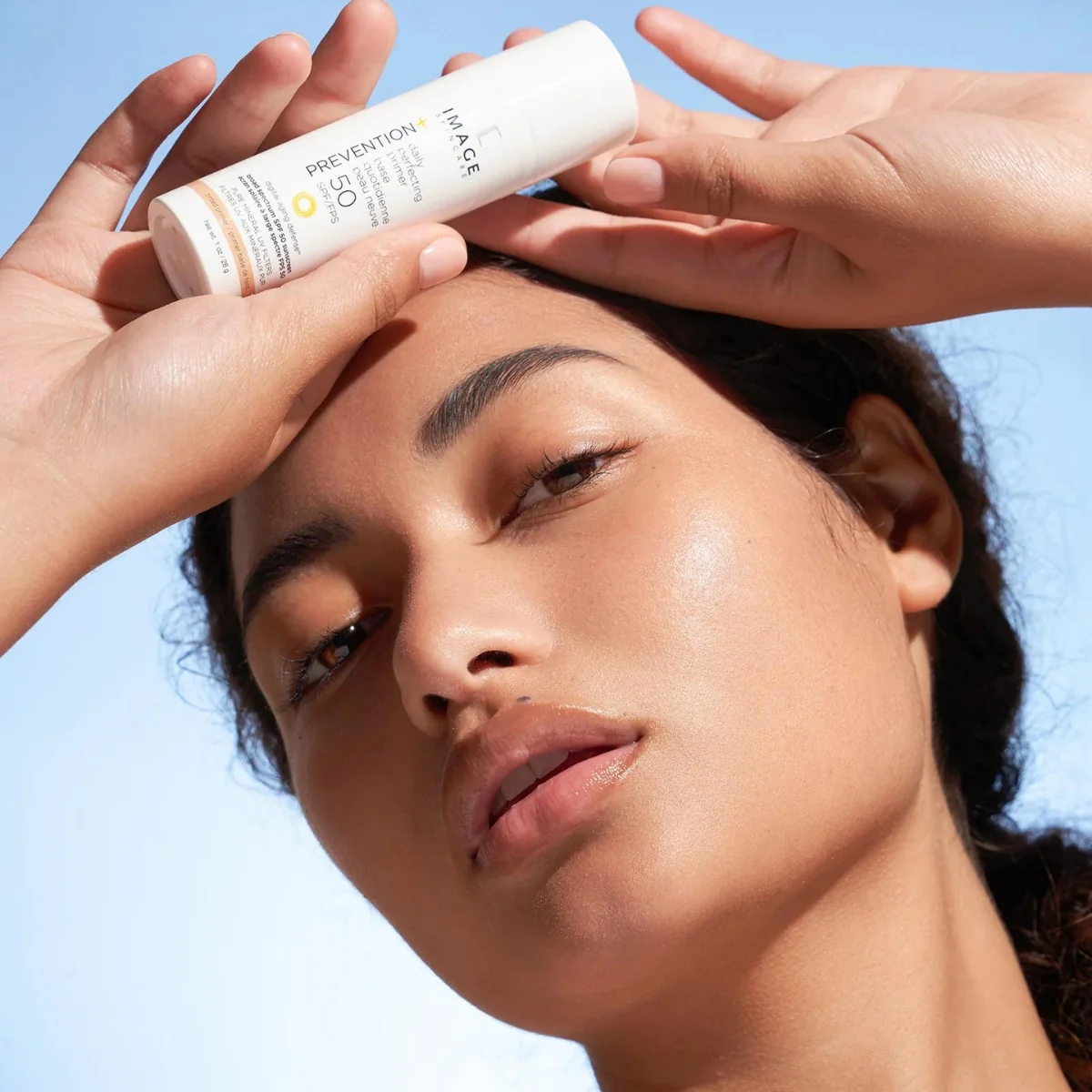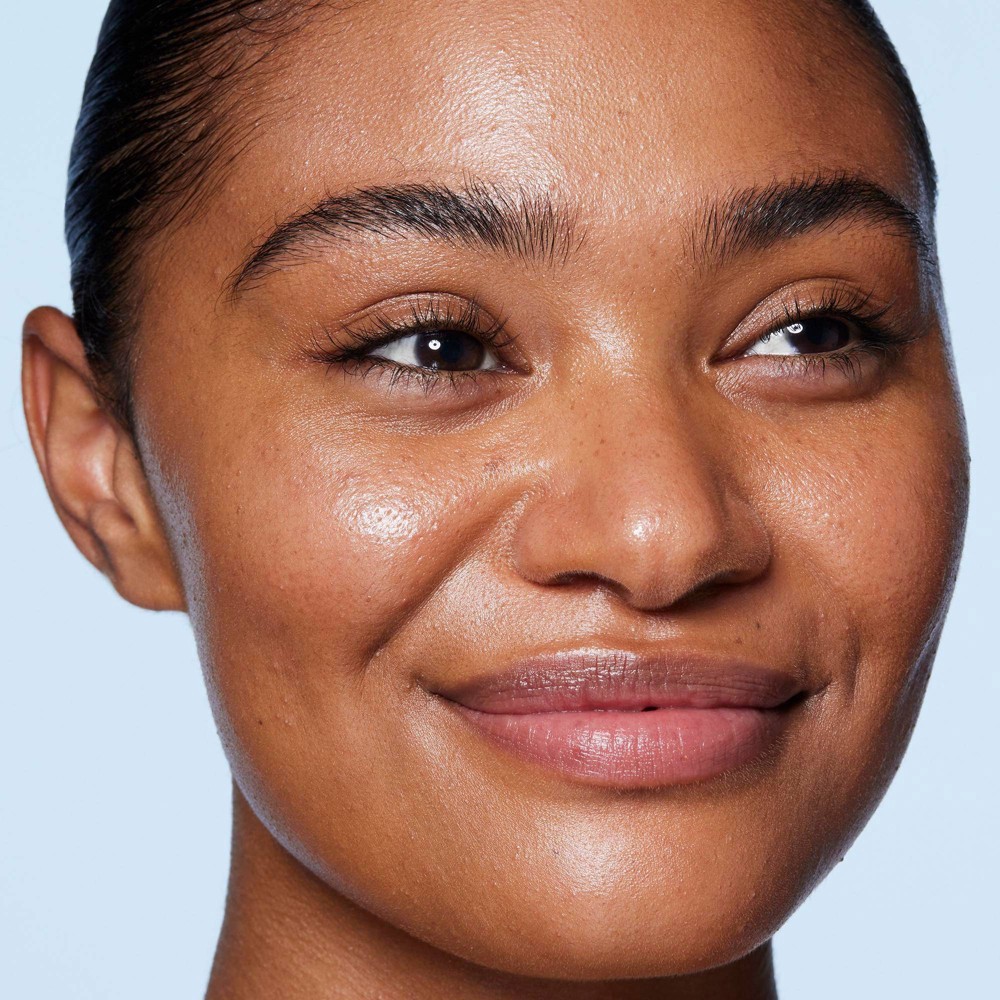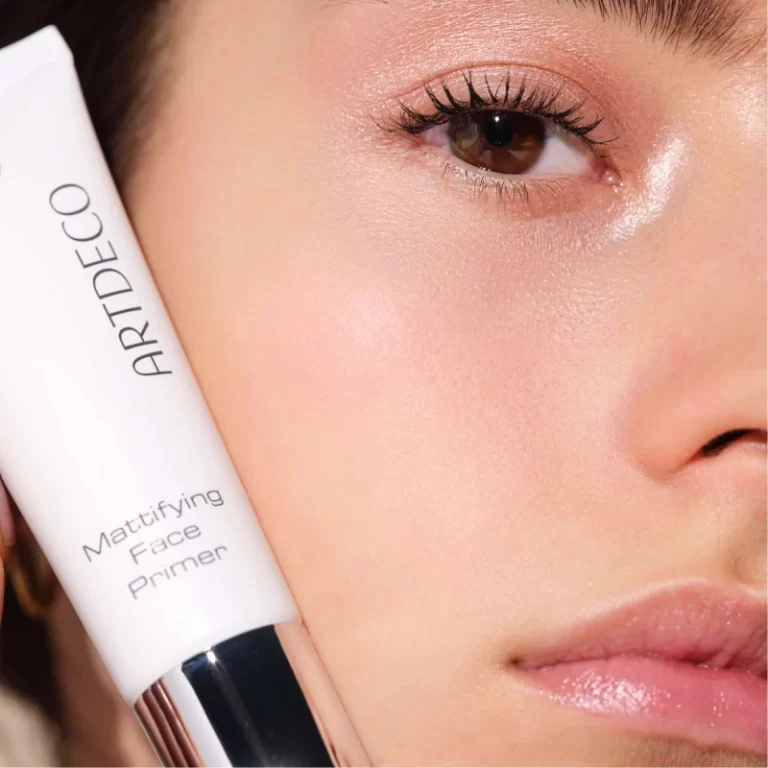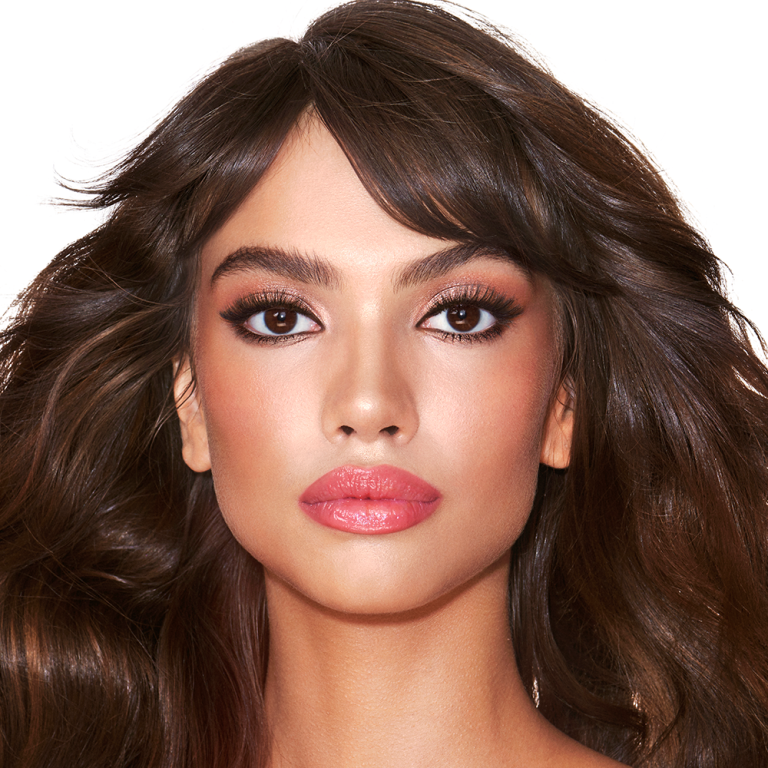
Moisturizer or Primer First:Factors to Consider
Moisturizer or Primer First: Unlocking the Perfect Skincare and Makeup Routine
In the ever-evolving world of beauty and skincare, the debate over whether to apply moisturizer or primer first continues to perplex many enthusiasts and professionals alike. This seemingly simple question carries significant implications for skin health, makeup application, and overall cosmetic results. Understanding the functions of both moisturizers and primers, as well as their interaction with the skin and subsequent makeup layers, is crucial for achieving a flawless, long-lasting look while maintaining optimal skin health. This comprehensive guide delves into the science behind these essential products, explores expert opinions, and provides practical advice to help you determine the best application order for your unique skin needs and desired outcomes.
Understanding the Role of Moisturizers in Skincare
Moisturizers play a vital role in maintaining skin health and appearance. These essential products work by hydrating the skin, preventing water loss, and supporting the skin’s natural barrier function. Moisturizers typically contain a combination of occlusives, which create a physical barrier to prevent moisture loss; humectants, which attract and bind water to the skin; and emollients, which soften and smooth the skin’s surface. The benefits of regular moisturizer use extend beyond basic hydration. A well-formulated moisturizer can help regulate oil production, soothe irritation, and provide a protective barrier against environmental stressors.
For those with dry or mature skin, moisturizers can significantly improve skin texture, reduce the appearance of fine lines, and enhance overall skin radiance. Even individuals with oily or acne-prone skin benefit from lightweight, non-comedogenic moisturizers that balance hydration without clogging pores. The right moisturizer lays the foundation for healthy skin, creating an optimal canvas for makeup application and enhancing the skin’s natural renewal processes. When considering the order of application in a skincare routine, the hydrating and protective properties of moisturizers make them a crucial step in preparing the skin for subsequent products, including makeup primers.
The Purpose and Benefits of Makeup Primers
Makeup primers serve as a bridge between skincare and makeup, offering a range of benefits that enhance the appearance and longevity of cosmetics. These specialized products create a smooth, even surface for makeup application, helping to minimize the appearance of pores, fine lines, and textural irregularities. Primers often contain silicone-based ingredients that fill in uneven areas of the skin, creating a more uniform canvas. Beyond their smoothing properties, many primers offer additional benefits tailored to specific skin concerns.
Oil-control primers help manage excess sebum production throughout the day, preventing makeup from breaking down or becoming patchy. Hydrating primers provide an extra boost of moisture for dry or dehydrated skin. Color-correcting primers can neutralize redness, dullness, or other skin tone irregularities. Some primers also incorporate skincare ingredients like antioxidants or SPF, offering added protection against environmental stressors and UV damage. The primary goal of a primer is to enhance makeup performance, extending wear time and ensuring a more flawless finish. By creating a barrier between the skin and makeup, primers can also help prevent pore-clogging and potential skin irritation from cosmetic products.
The Science Behind Product Layering: Absorption and Efficacy
Understanding the science of product absorption and efficacy is crucial when deciding whether to apply moisturizer or primer first. The skin’s ability to absorb and utilize different products depends on various factors, including molecular size, product formulation, and the skin’s own condition. Moisturizers are typically designed to penetrate the outer layers of the skin, delivering hydration and active ingredients to where they’re needed most. Their effectiveness relies on proper absorption into the skin.
Primers, on the other hand, are generally formulated to sit on top of the skin, creating a smooth surface layer rather than penetrating deeply. The molecular structure of most primer ingredients, particularly silicones, is too large to penetrate the skin significantly. This surface-level action is what allows primers to fill in pores and fine lines effectively. When layering products, it’s important to consider their intended functions and how they interact with each other.
Applying a moisturizer after a primer could potentially compromise the primer’s ability to create an even surface for makeup, as the moisturizer may not penetrate effectively through the primer layer. Conversely, applying a primer over a well-absorbed moisturizer allows each product to perform its intended function optimally. The skin’s natural lipid barrier also plays a role in product absorption. A properly moisturized skin barrier is more receptive to subsequent products, potentially enhancing their efficacy.
Expert Opinions: Dermatologists and Makeup Artists Weigh In
Dermatologists and makeup artists often have differing perspectives on the moisturizer-versus-primer debate, reflecting their respective focus on skin health and cosmetic results. Many dermatologists advocate for applying moisturizer first, emphasizing the importance of properly hydrated skin for overall health and appearance. They argue that moisturizer should be applied to clean skin to maximize absorption and effectiveness. Dr. Joshua Zeichner, Director of Cosmetic and Clinical Research in Dermatology at Mount Sinai Hospital, states, “Moisturizer goes on first, as it is considered a treatment product with ingredients that need to be fully absorbed into the skin.”
Dermatologists also point out that well-moisturized skin provides a better base for makeup application, potentially reducing the need for heavy primers or foundations. On the other hand, many makeup artists prefer applying primer first, especially for clients with oily skin or those requiring long-lasting makeup for special events. Celebrity makeup artist Mario Dedivanovic explains, “I like to apply primer first on clean skin, especially when prepping for red carpet events.
This ensures that the makeup stays put for hours.” Some experts advocate for a hybrid approach, suggesting the use of moisturizing primers that combine the benefits of both products. Ultimately, the consensus among experts is that the best approach depends on individual skin type, concerns, and desired outcomes. They emphasize the importance of choosing high-quality products that complement each other and experimenting to find the routine that works best for each person’s unique needs.
Factors to Consider: Skin Type and Product Formulations
Determining whether to apply moisturizer or primer first largely depends on individual skin type and the specific formulations of the products being used. For those with dry or dehydrated skin, applying a rich moisturizer first ensures that the skin receives much-needed hydration before any other products are layered on top. In this case, allowing the moisturizer to fully absorb before applying a primer can help create a smooth, hydrated base for makeup. Individuals with oily or combination skin might benefit from applying a mattifying primer first to control excess sebum, followed by a lightweight, oil-free moisturizer if additional hydration is needed.
The consistency and ingredients of both the moisturizer and primer play a crucial role in determining the optimal application order. Water-based moisturizers generally absorb more quickly and work well under most primers. However, heavier, oil-based moisturizers might interfere with the adhesive properties of some primers if not given sufficient time to absorb. Similarly, silicone-based primers create a barrier on the skin that can prevent subsequent products from penetrating effectively.
When using products with active ingredients, such as retinol or vitamin C, it’s often best to apply these closer to the skin, typically in the moisturizer step, to ensure maximum efficacy. Climate and environmental factors should also be considered. In humid environments, a lightweight moisturizer followed by a mattifying primer might be ideal, while dry climates might necessitate a richer moisturizer applied before primer to prevent dehydration.

Application Techniques for Optimal Results
Regardless of the order chosen, proper application techniques are crucial for achieving the best results from both moisturizers and primers. When applying moisturizer, use gentle, upward motions to massage the product into the skin, promoting absorption and stimulating circulation. Allow the moisturizer to absorb fully before proceeding with primer or makeup application. This typically takes 2-5 minutes, depending on the product’s consistency. For primer application, less is often more. Start with a small amount and blend it evenly across the face, focusing on areas prone to makeup slipping or where pores are more visible.
Many makeup artists recommend using patting or pressing motions rather than rubbing when applying primer to ensure even coverage without disturbing the underlying skincare products. If choosing to apply primer first, follow with a lightweight moisturizer, gently pressing it into the skin to avoid disturbing the primer layer. When layering multiple products, allow each layer to set briefly before applying the next to prevent pilling or uneven application. Pay attention to how the products interact on your skin. If you notice any balling up or separation, it may indicate incompatibility between the moisturizer and primer formulations or improper absorption.
In such cases, reassess the product combination or adjust the application order. For those using both moisturizer and primer, consider applying moisturizer in the morning and evening as part of a consistent skincare routine, while reserving primer for pre-makeup application. This approach ensures that the skin receives necessary hydration and care while still benefiting from the cosmetic advantages of primer when wearing makeup.
Tailoring Your Routine: Day vs. Night and Seasonal Adjustments
The decision to apply moisturizer or primer first may vary depending on the time of day and seasonal changes. Daytime routines often prioritize protection against environmental stressors and creating a base for makeup. In the morning, applying a moisturizer with SPF first ensures that the skin receives necessary hydration and sun protection. Follow this with a primer if desired, especially one that offers additional benefits like oil control or color correction.
Nighttime routines focus more on skin repair and intensive hydration. At night, apply treatments and serums first, followed by a richer moisturizer to lock in the active ingredients and provide overnight hydration. Primers are generally unnecessary in nighttime routines unless preparing for a special evening event. Seasonal changes also influence the optimal order of application. During summer months, when skin tends to be oilier and more prone to sweating, applying a lightweight, oil-control primer first. Followed by a non-comedogenic moisturizer, can help manage excess sebum and maintain makeup integrity.
In winter, when skin is more susceptible to dryness and irritation, prioritize moisturizer application to strengthen the skin barrier, followed by a hydrating primer if needed. Additionally, consider adjusting the formulations of both moisturizers and primers seasonally. Lighter, gel-based products work well in humid conditions, while richer, more emollient formulas provide necessary protection in cold, dry weather. By adapting your routine to daily and seasonal needs, you can ensure that your skin receives optimal care while achieving desired cosmetic results.

Innovative Products: Hybrid Formulations and Multitasking Solutions
As the beauty industry evolves, innovative hybrid products are blurring the lines between moisturizers and primers, offering multitasking solutions that simplify skincare and makeup routines. These products combine the hydrating and nourishing properties of moisturizers with the smoothing and makeup-enhancing benefits of primers. Moisturizing primers, for example, provide hydration while creating an ideal base for makeup application. These products often incorporate skincare ingredients like hyaluronic acid or niacinamide alongside traditional priming agents. Conversely, some advanced moisturizers now include primer-like ingredients that improve texture and extend makeup wear.
Tinted moisturizers with priming properties have also gained popularity, providing hydration, a smooth base, and light coverage in one product. Some brands have introduced customizable products that allow users to adjust the balance of moisturizing and priming properties according to their needs. When selecting hybrid products, it’s important to ensure that they adequately address your specific skin concerns and makeup goals. While these innovative solutions can simplify routines. They may not always provide the same level of targeted treatment as separate, specialized products.



